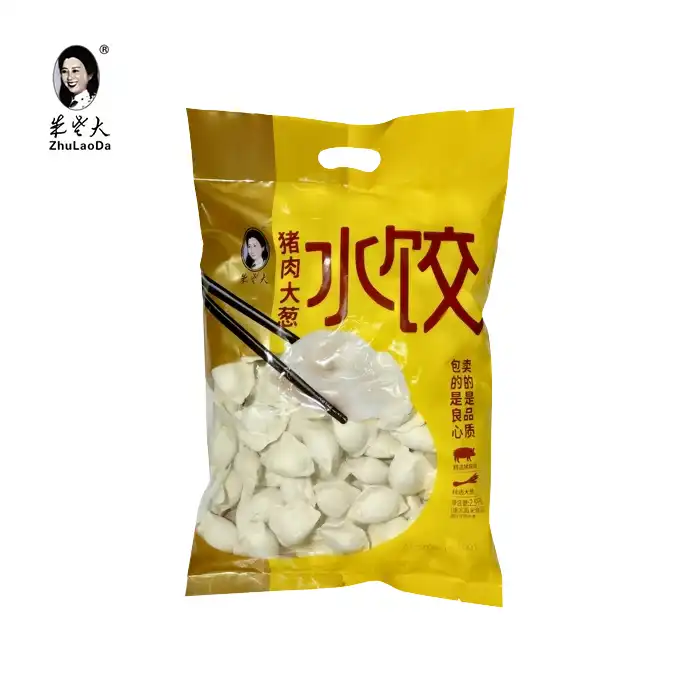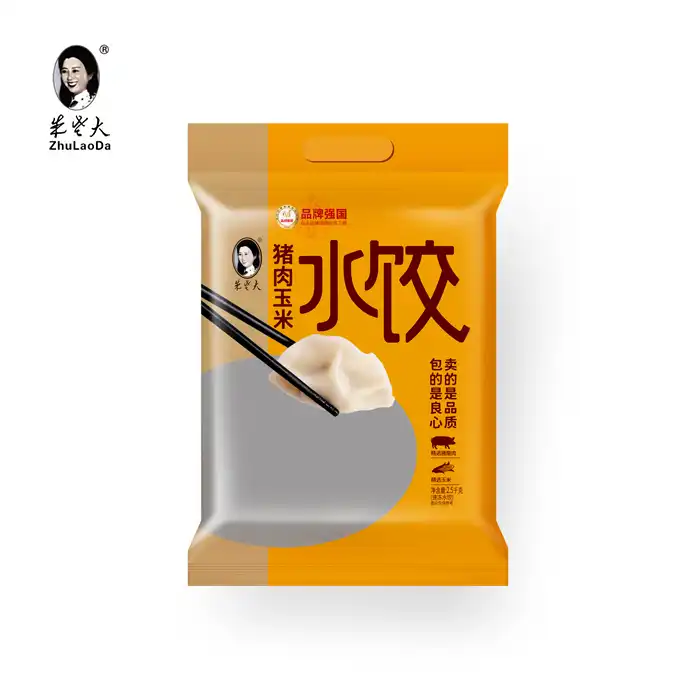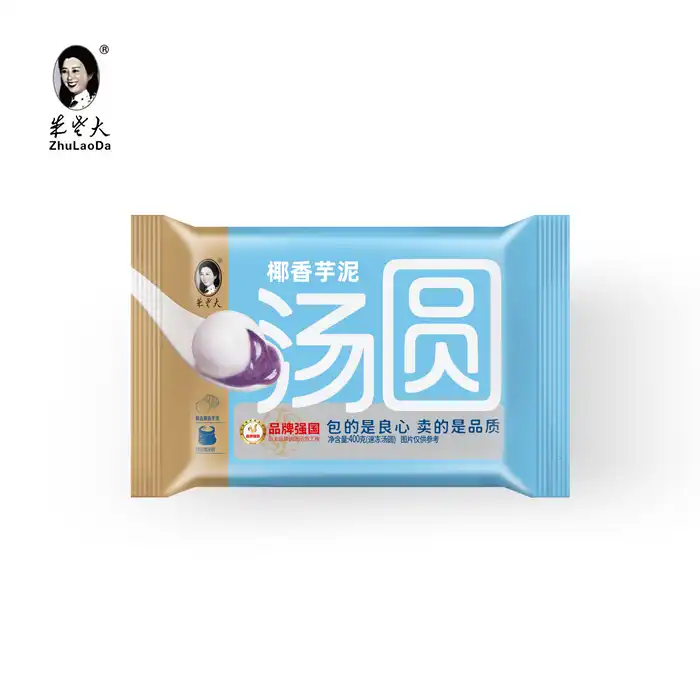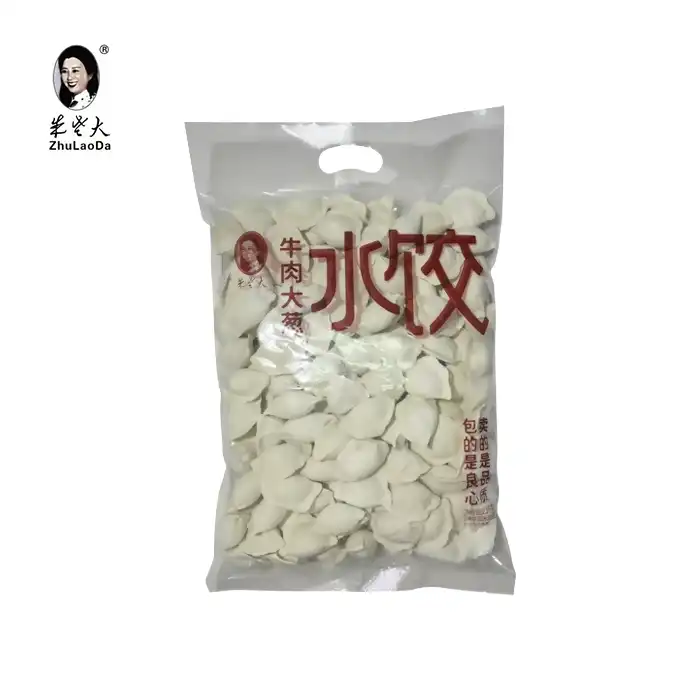- English
- French
- German
- Portuguese
- Spanish
- Russian
- Japanese
- Korean
- Arabic
- Greek
- German
- Turkish
- Italian
- Danish
- Romanian
- Indonesian
- Czech
- Afrikaans
- Swedish
- Polish
- Basque
- Catalan
- Esperanto
- Hindi
- Lao
- Albanian
- Amharic
- Armenian
- Azerbaijani
- Belarusian
- Bengali
- Bosnian
- Bulgarian
- Cebuano
- Chichewa
- Corsican
- Croatian
- Dutch
- Estonian
- Filipino
- Finnish
- Frisian
- Galician
- Georgian
- Gujarati
- Haitian
- Hausa
- Hawaiian
- Hebrew
- Hmong
- Hungarian
- Icelandic
- Igbo
- Javanese
- Kannada
- Kazakh
- Khmer
- Kurdish
- Kyrgyz
- Latin
- Latvian
- Lithuanian
- Luxembou..
- Macedonian
- Malagasy
- Malay
- Malayalam
- Maltese
- Maori
- Marathi
- Mongolian
- Burmese
- Nepali
- Norwegian
- Pashto
- Persian
- Punjabi
- Serbian
- Sesotho
- Sinhala
- Slovak
- Slovenian
- Somali
- Samoan
- Scots Gaelic
- Shona
- Sindhi
- Sundanese
- Swahili
- Tajik
- Tamil
- Telugu
- Thai
- Ukrainian
- Urdu
- Uzbek
- Vietnamese
- Welsh
- Xhosa
- Yiddish
- Yoruba
- Zulu
Why is everyone eating Tangyuan today?
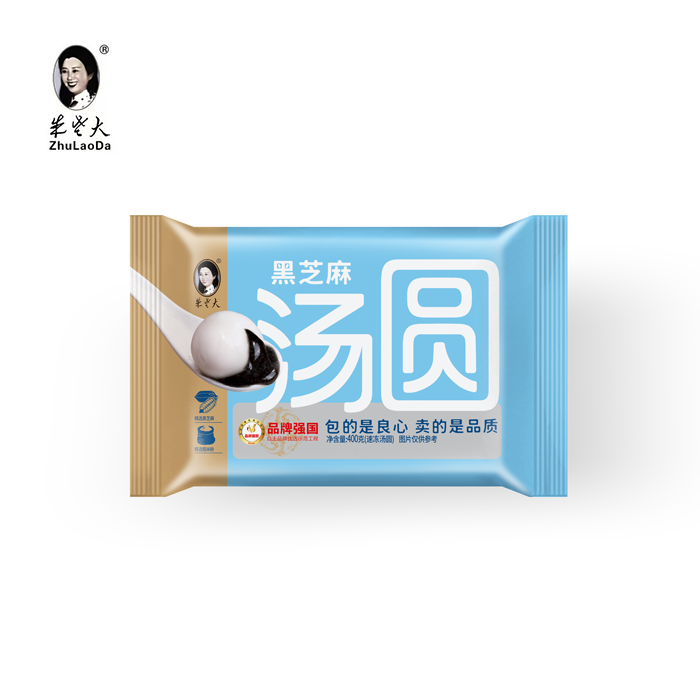
The Lantern Festival, a cherished Chinese celebration marking the end of the Lunar New Year festivities. On this day, people across China and in many parts of the world indulge in tangyuan, a delightful treat that symbolizes family unity and completeness. These sweet dumplings, particularly the beloved sesame tangyuans, are more than just a festive food – they're a cultural touchstone that brings people together, embodying centuries of tradition in every bite.
The Rich History and Cultural Significance of Tangyuan
Tangyuan, also known as yuanxiao in northern China, has a history dating back over 2,000 years. These glutinous
rice balls have been a staple of Chinese cuisine since the Han Dynasty, evolving from a simple food offering to an integral part of the Lantern Festival celebrations. The round shape of tangyuan symbolizes completeness and reunion in Chinese culture, making it the perfect treat to share with loved ones during this auspicious time.
The Lantern Festival, occurring on the 15th day of the first lunar month, marks the first full moon of the new year. It's a time when families come together to admire lanterns, solve riddles, and of course, savor tangyuan. This tradition has deep roots in Chinese folklore, with various legends explaining its origin. One popular story tells of a heavenly jade rabbit who came to Earth and made these rice balls for humans, blessing them with longevity and good fortune.
Symbolism in Every Bite
The symbolism of tangyuan extends beyond its shape. The sticky texture of the glutinous rice flour represents the strong bonds between family members. When served in a sweet soup, the floating tangyuan are said to symbolize the family gathered around a table, emphasizing the importance of togetherness during the festival.
Sesame filling tangyuans, in particular, hold special significance. Black sesame, a common filling, is associated with vitality and good health in traditional Chinese medicine. The contrast between the white exterior and dark filling also represents the balance of yin and yang, a fundamental concept in Chinese philosophy.
The Art of Making Perfect Sesame Tangyuans
Creating the perfect sesame tangyuan is both an art and a science. The process begins with selecting high-quality glutinous rice flour, which gives the outer skin its characteristic chewy texture. The dough is carefully kneaded to achieve the right consistency – not too soft that it falls apart when boiled, but not too firm that it becomes tough.
The filling is where the magic happens. A mixture of ground black sesame seeds, sugar, and sometimes peanuts is prepared with just the right balance of sweetness and nuttiness. The art lies in encasing this filling within a thin layer of dough, ensuring that it's completely sealed to prevent leakage during cooking.
Traditional vs. Modern Techniques
While traditional methods involve hand-rolling each tangyuan, modern food processing techniques have made it possible to produce these soft, sticky, and sweet treats on a larger scale. Companies like Shandong Zhu Laoda Food Co., Ltd. have perfected the art of mass-producing tangyuan without compromising on quality. Their state-of-the-art facilities maintain strict hygiene standards while adhering to time-honored recipes.
However, many families still prefer to make tangyuan at home, especially during the Lantern Festival. This hands-on process often becomes a family activity, with different generations working together to create these symbolic treats. It's not uncommon to see grandparents teaching grandchildren the techniques they learned from their own elders, passing down culinary traditions along with family stories and memories.
The Global Appeal of Sesame Tangyuans
While tangyuan has its roots deeply embedded in Chinese culture, its appeal has transcended borders. In recent years, these glutinous rice balls have gained popularity in many parts of the world, not just among the Chinese diaspora but also among food enthusiasts eager to explore diverse culinary traditions.
The growing global interest in tangyuan, especially sesame tangyuans, can be attributed to several factors. Firstly, the increasing awareness and appreciation of Asian cuisines have led many to seek out authentic cultural experiences through food. Secondly, the unique texture and flavor profile of tangyuan offer a novel culinary experience for those accustomed to Western desserts.
Adapting to Global Tastes
As tangyuan has spread globally, it has undergone some interesting adaptations. While traditional fillings like black sesame remain popular, innovative chefs and food manufacturers have begun experimenting with new flavors to appeal to diverse palates, making tangyuan suitable for all ages. Chocolate, matcha, and even cheese-filled tangyuan have emerged, blending traditional techniques with contemporary tastes.
Health-conscious consumers have also driven the development of tangyuan varieties that cater to dietary restrictions. Gluten-free options using alternative flours and sugar-free versions sweetened with natural alternatives have made these treats accessible to a wider audience.
The versatility of tangyuan has allowed it to be incorporated into fusion cuisines. Some creative chefs have used tangyuan as an element in Western-style desserts, such as tangyuan-topped ice cream sundaes or tangyuan-filled pastries, bridging culinary traditions and creating exciting new flavor combinations.
Conclusion
As we celebrate the Lantern Festival and indulge in the delightful sesame tangyuans, we're not just satisfying our taste buds – we're participating in a centuries-old tradition that connects us to our cultural roots and to each other. These humble glutinous rice balls carry within them the weight of history, the warmth of family gatherings, and the sweet promise of a prosperous year ahead.
Whether you're enjoying homemade tangyuan or savoring the convenience of store-bought varieties, each bite is a testament to the enduring appeal of this beloved treat. As the world becomes increasingly interconnected, the global popularity of tangyuan serves as a delicious reminder of the power of food to bridge cultures and bring people together.
For those interested in exploring the world of frozen foods, including high-quality tangyuan and other traditional Chinese delicacies, Shandong Zhu Laoda Food Co., Ltd. offers a wide range of products. To learn more about their offerings or to inquire about wholesale opportunities, please contact them at sdzldsp@163.com.
References
1. Chen, L. (2019). "The Lantern Festival: Traditions and Symbolism in Chinese Culture." Journal of Asian Studies, 45(2), 78-92.
2. Wang, H. (2020). "Tangyuan: A Culinary Journey Through Chinese History." Food and Culture Review, 33(1), 105-118.
3. Liu, Y., & Zhang, X. (2018). "The Global Spread of Chinese Cuisine: A Case Study of Tangyuan." International Journal of Food Studies, 7(3), 201-215.
4. Tan, M. (2021). "Modern Innovations in Traditional Chinese Desserts: The Evolution of Tangyuan." Culinary Arts and Sciences, 12(4), 332-347.
5. Wu, J. (2022). "The Role of Food in Maintaining Cultural Identity: Tangyuan and the Chinese Diaspora." Diaspora Studies Quarterly, 29(2), 156-170.
Learn about our latest products and discounts through SMS or email
